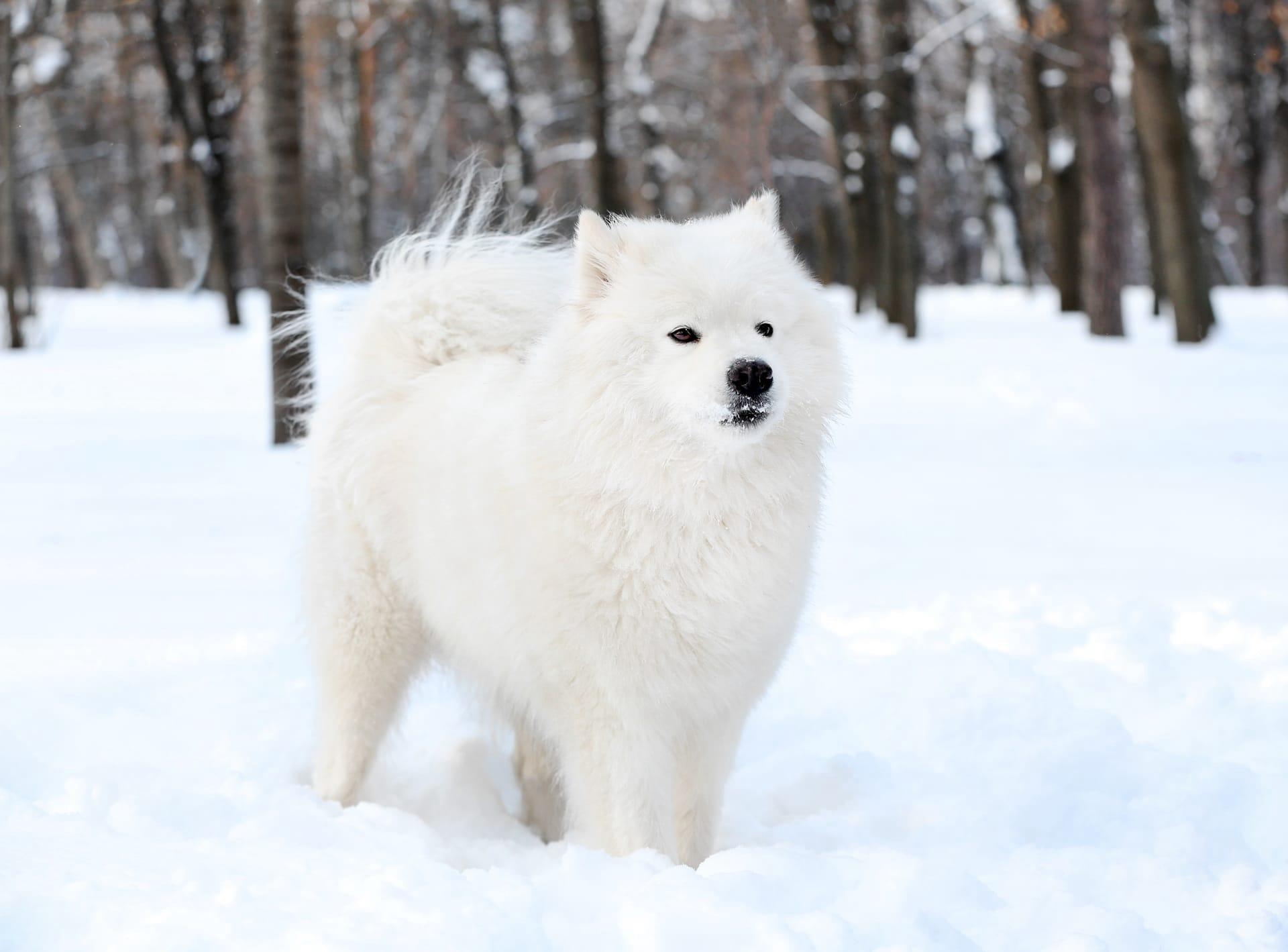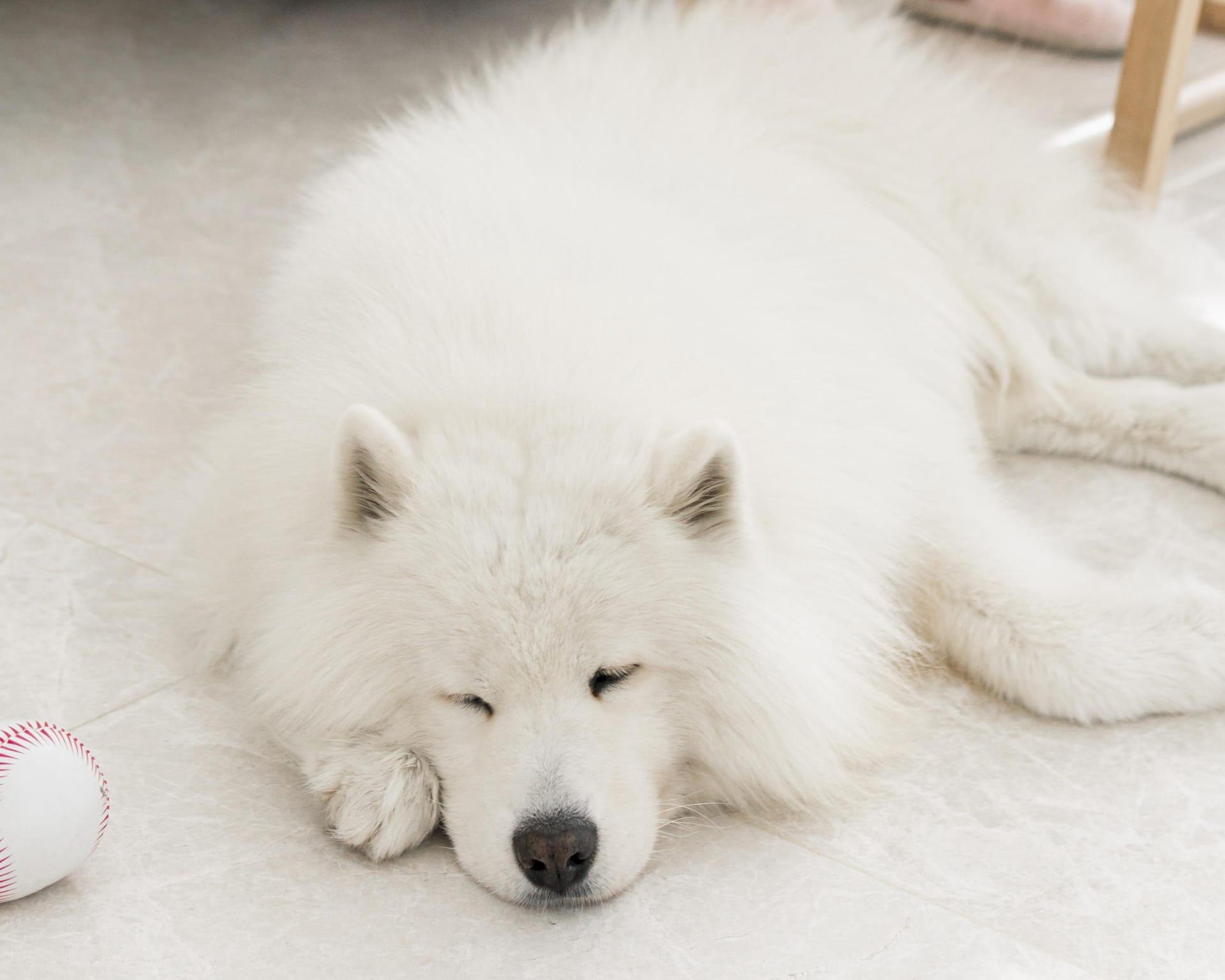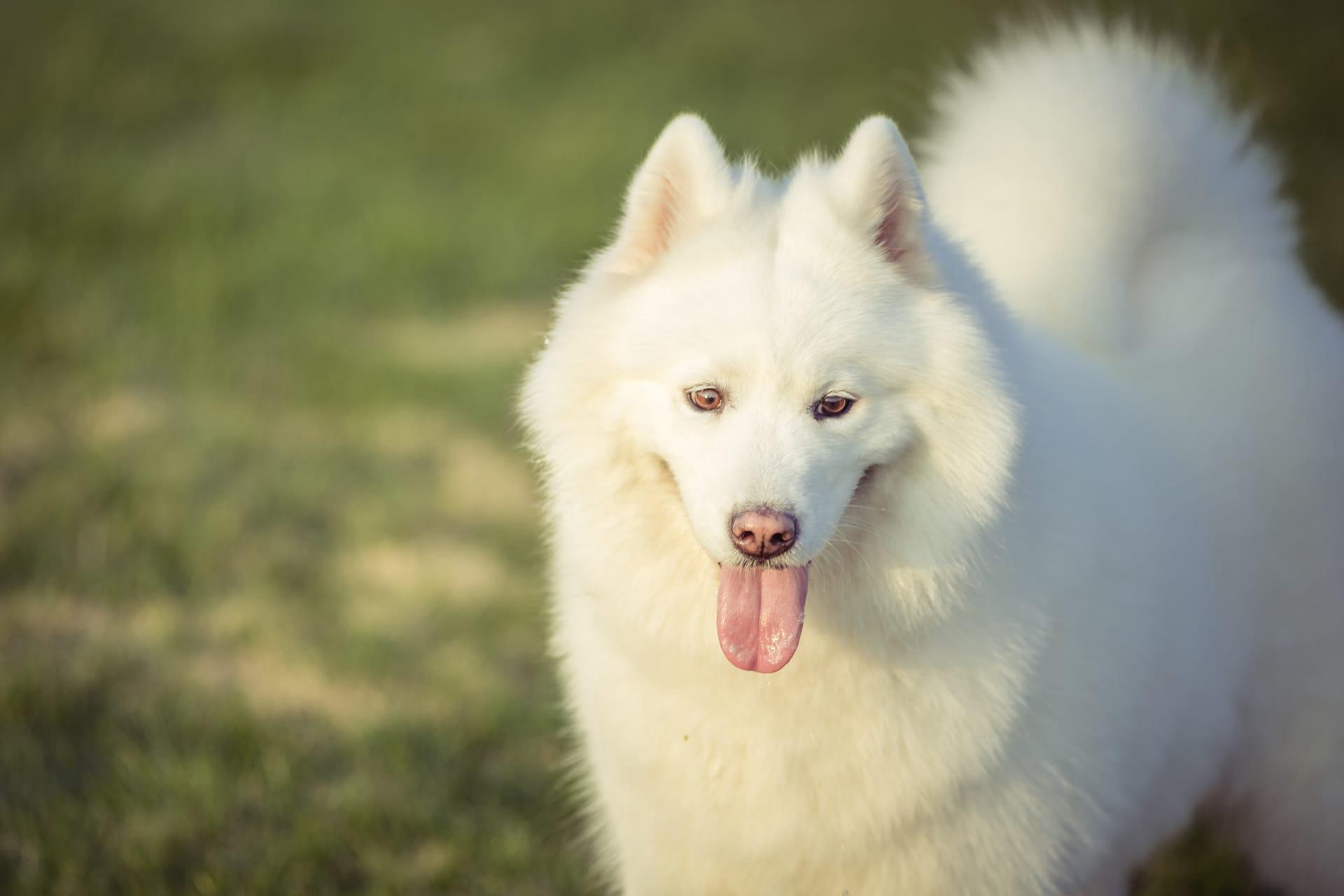1
The American Eskimo Dog, often called the "Eskie," is not actually from Alaska nor related to the original Eskimo culture. Originating from the German Spitz breed, these dogs were brought to America by German immigrants. They gained popularity in the United States during the early 20th century, especially in circus performances, thanks to their stunning white coats and high intelligence. The name "American Eskimo Dog" was coined in 1917, likely due to anti-German sentiment during World War I, making it a uniquely American twist on its heritage.
One standout feature of the American Eskimo Dog is their coat. Eskies possess a double coat, with a dense undercoat and a longer outer coat of straight hair, giving them a distinctive fluffy appearance. This luxurious coat requires regular grooming to maintain its condition and manage shedding. The coat not only serves as a stunning visual feature but also provides significant protection against cold weather, a remnant of their Spitz ancestors' adaptation to chilly climates. Their coat can range in size from the Toy, through the Miniature, to the Standard, with heights varying from about 9 inches (23 cm) in the Toy to up to 19 inches (48 cm) in the Standard.

2
American Eskimo Dogs are known for their intelligence and are often considered one of the most trainable breeds. This intelligence, combined with their eagerness to please, makes them excellent candidates for obedience and agility competitions. They are capable of learning a wide array of tricks and commands, which made them a favorite in traveling circuses in the past. Their problem-solving skills can be a double-edged sword, as they may use them to outwit their owners or escape enclosures if bored or left alone for too long.
Despite their friendly and social nature, Eskies have a strong protective instinct. They were historically used as farm dogs and watchdogs, which explains their alertness to unfamiliar sounds or visitors. This breed can be quite vocal, using their bark to alert their family to anything they deem out of the ordinary. Proper training and socialization from a young age can help manage their protective tendencies and ensure they are well-adjusted, friendly dogs.

3
The lifespan of an American Eskimo Dog is notably long for canines, with many living well into their mid to late teens. A combination of their genetic makeup, size variations, and overall robust health contributes to their longevity. With proper care, regular veterinary check-ups, and a healthy lifestyle, it's not uncommon for an Eskie to reach 15 years of age or older. This extended lifespan allows for a long-lasting bond between Eskies and their human families, making them lifelong companions.
Another interesting aspect of the American Eskimo Dog is their role in American pop culture. The most famous Eskie was "Pal," the first dog to play "Petey" in the "Our Gang" series, also known as "The Little Rascals," in the 1920s. Pal's distinctive look, marked by a ring around his eye, made him one of the most recognizable dogs of his time. This appearance in a popular TV series helped to cement the breed's popularity in American culture and contributed to their recognition as a distinct breed.

4
Eskies have a unique way of communicating with their families through a range of vocalizations and body language. They're not just barkers; they can whine, chirp, and make a variety of sounds to express their needs and feelings. This communicative nature makes them very interactive pets but requires owners to understand and respond to their attempts at communication. It's part of their charm, allowing for a deeper connection between the dog and their human companions.
Despite their fluffy appearance and friendly demeanor, American Eskimo Dogs have a surprising amount of agility and athleticism. They excel in dog sports such as agility, flyball, and obedience, showcasing their intelligence and physical capabilities. This athleticism is a holdover from their Spitz ancestors, who needed to be agile hunters in the harsh climates of northern Europe. Eskies enjoy activities that challenge both their minds and bodies, making them ideal companions for active individuals or families.

5
The American Eskimo Dog's stunning white or cream coat is not just for show; it played a vital role in their historical function. The bright coat allowed them to be visible in snowy conditions, which was essential when these dogs were used as watchdogs and for herding in northern climates. This visibility factor was a practical trait for working dogs, ensuring they could be easily spotted by their human counterparts in thick snow.
Eskies are known for their "smiling" expression, characterized by a slight open mouth and a happy, alert facial expression. This "Eskie smile" is not just a sign of their friendly nature but also a cooling mechanism, similar to panting, that helps regulate their body temperature. The combination of their expressive faces and their tendency to "smile" makes them particularly endearing to their human families, reinforcing the strong bond between Eskies and their owners.